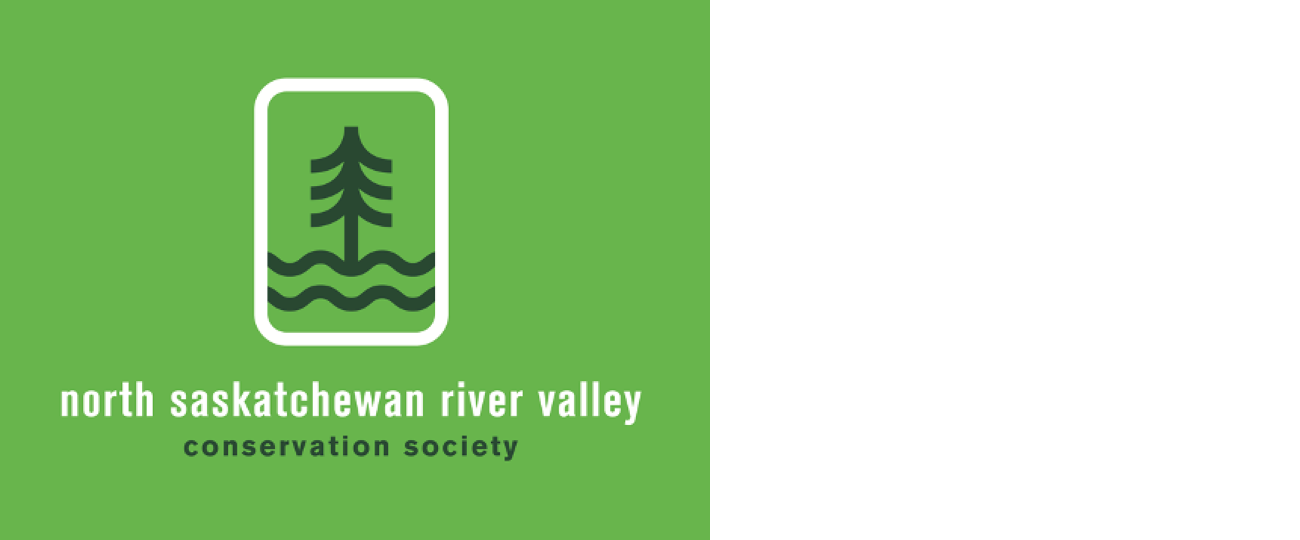Photo by Mika Benjamin
Councillors agree city needs a river valley trail strategy
City Councillors approved a motion this week asking city administration to develop a recreational trail strategy for the 2023-2026 budget deliberations which will take place in the fall. The strategy will identify a sustainable network of improved and natural tread trails and specify ongoing operations and maintenance requirements for a comprehensive trail system that meets the needs of recreational users in balance with the ecological sensitivity of the River Valley.
The motion also asked for an amended agreement with the Edmonton Mountain Bike Alliance to allow authorized maintenance of the City’s existing natural surface trails, within preservation areas, until the River Valley Trail strategy is approved and funded, and until on the ground assessments are completed by way of the River Valley Parks Master Plan.
Prior to the meeting of Council’s Urban Planning Committee, the Edmonton Journal published two opinion pieces reflecting the spectrum of concerns.
Protect Edmonton's river valley from death by a thousand ruts by Geoffrey Pounder
https://edmontonjournal.com/opinion/columnists/opinion-protect-edmontons-river-valley-from-death-by-a-thousand-ruts
Why mountain biking should be allowed in Edmonton's river valley by Joe Yurkovich
https://edmontonjournal.com/opinion/columnists/opinion-why-mountain-biking-should-be-allowed-in-edmontons-river-valley
Sweet Grass an attractive native plant
Sweetgrass is a very attractive grass, not too tall, with wide, glossy leaves that are a vibrant light green in spring. It flowers early and the seed heads are heavy with plump seeds by June. This grass is very hard to grow from seed, and it rarely self-seeds. It is best to start with a small plant, not seeds, if you want to add this grass to your garden.
If you find some Sweetgrass in the wild and want to identify it, try the scratch and sniff test. Take a piece of a leaf and scratch it with your fingernail. Have a sniff, it should have an unmistakable sweet vanilla-like smell. This is due to the presence of coumarin, a fragrant organic chemical compound.
Sweetgrass is rhizomatous and spreads like wildfire in all directions. This would not be a good situation if you have a small yard. It could take over your whole garden. If you have a small space but would love some Sweetgrass, find a large pot, cut the bottom out and bury it. Then fill it with soil and plant your Sweetgrass. It will be contained and will not be able to escape. Learn more about native grasses from the Edmonton Native Plant Society http://eng.snappages.com/native-grasses-etc.htm
Making Space for new perspectives on zoning
The City of Edmonton launched its first-ever podcast, Making Space, as part of the Zoning Bylaw Renewal Initiative. This five-episode series, released every Tuesday until June 28, tells the stories of people and communities whose lives have been impacted by how we plan our cities and the hard-won lessons of how we can make Edmonton more equitable for everyone.
“We wanted to tell stories of how zoning and planning impacts our communities,” said Livia Balone, Director of the Zoning Bylaw Renewal Initiative. “Exploring zoning’s dual legacy of discrimination and promoting the public good is key to ensuring we move forward as a city and make space for everyone who calls Edmonton home.”
Because zoning, the rules for how land can be used and what can be built where affects everyone, the Zoning Bylaw Renewal initiative will affect all land in Edmonton, including our River Valley and Ravine System.
Listeners will learn how and why the City regulates land development by exploring the ways different areas around Edmonton embody the complexities of zoning. The first episode, titled The Million Dollar Parking Lot, was released this week, and can be found at https://transforming.edmonton.ca/making-space-podcast/
Edmonton BiodiverCity Challenge June 9-12
The purpose of this event is to see how many wild species can be found in the Edmonton area over the four-day period. It is a wonderful way to get people out appreciating nature, and to generate important observations of the wild species that share the Edmonton area with us. The bioblitz covers all living things, from birds, bugs, and plants, to fungi and algae. Domestic plants and animals are excluded.
This bioblitz is based on the iNaturalist app https://inaturalist.ca/ All iNaturalist submissions made in the metro Edmonton area over those dates will automatically be tabulated. You can see a map of the defined metro Edmonton area at https://inaturalist.ca/projects/metro-edmonton-biodivercity-challenge-2022
Additionally, the Edmonton Nature Club is coordinating a submission of eBird records to the bioblitz. Your contributions will be used to help understand more about the species that call our city home. Information at https://biodivercity.ca/
Trembling Aspen grove at Terwillegar Park – photo by Jason Teare
Comment or contribution
Please note that articles may not reflect the position of NSRVCS. River Valley News is meant to be a clearinghouse for the wide variety of opinions and ideas about Edmonton’s River Valley.
If you have a comment, concern, or question, contact us at nsrivervalley@gmail.com Please email us river valley photos or event information. Your friends, neighbours and colleagues can sign up for this newsletter on our web site https://www.edmontonrivervalley.org/
Sincerely yours,
Harvey Voogd
North Saskatchewan River Valley Conservation Society
780.691.1712
















